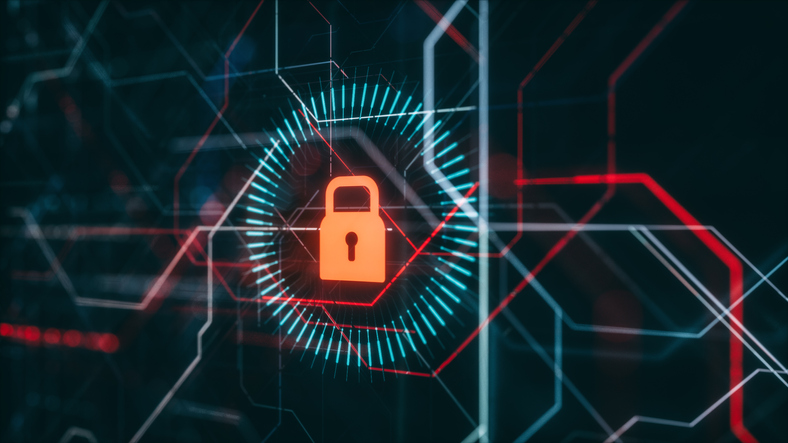Check Point Software recognized as a Leader for its security architecture innovations like Maestro,
roadmap execution, complete security portfolio for on-premises, cloud and hybrid networks, and enhanced customer satisfaction
Check Point® Software Technologies Ltd. (NASDAQ: CHKP), a leading provider of cyber security solutions globally, today announced that it has been recognized as a Leader in the Gartner® Magic Quadrant™ for Enterprise Network Firewalls. Check Point Software has been listed as a Leader yet again, which we believe further validates Check Point’s track record and tradition of innovation.
“Security threats have become more sophisticated requiring Check Point Software to continuously improve threat intelligence, automate policy management and deliver security architecture innovations like Maestro Hyperscale. We believe, being recognized as a Leader in Gartner® Magic Quadrant™ for Enterprise Network Firewalls is a testament to our vision of providing best-in-class security for rapidly changing environments,” said Itai Greenberg, VP of Product Management at Check Point. “This year’s recognition solidifies our position as a leader in delivering a hybrid data center security architecture that enables enterprises to scale threat prevention on demand on premises and in the cloud with a unified management system.”
Check Point Software’s Infinity Architecture is the industry’s first consolidated security architecture spanning networks, cloud, endpoint, mobile and IoT, providing the highest level of threat prevention against both known and unknown cyber threats. At the heart of Check Point’s threat prevention capabilities lies ThreatCloud, the world’s most powerful threat intelligence network.
The continuous recognition for Check Point Software’s Network Firewall products is driven by:
- Advanced security architecture and innovative roadmap: To name a few, these include Check Point’s Maestro Hyperscale security solution that provides fast, on-demand cloud-like scaling of organizations’ on-premises security gateways, intelligently orchestrating existing resources and providing redundancy, as well as autonomous threat prevention, which offers administrators set-and-forget policies and security settings that are continually optimized in the background.
- Complete portfolio for securing evolving IT environments: Check Point Software has a clear prevention-first security strategy with products that span on-prem, hybrid and IaaS security needs. Its comprehensive security architecture swiftly manages entire IT infrastructures: Quantum for on-prem networks, Check Point CloudGuard for public clouds (Azure, AWS, GCP etc.) and Harmony Connect, Check Point’s Secure Access Service Edge (SASE) solution, to secure the remote workforce
- Unparalleled customer satisfaction: This year Check Point Software customer satisfaction was commended in Gartner Peer Insights reviews for Network Firewalls. This is a reflection of Check Point’s uncompromised commitment to high quality products, service and support. Check Point secures over 100,000 organizations in over 80 countries around the globe, including 90% of the global Fortune 500.
Many enterprises are adopting the hybrid work model permanently, so the adoption of Secure Access Service Edge (SASE) security solutions is on the rise. The Secure Access Service Edge (SASE) model addresses the limitations of traditional network architectures, by converging networking and security in the cloud enabling enterprises to prioritize security and threat prevention. Check Point Harmony Connect SASE offers the only prevention-focused SASE solution with a 100% catch rate for malware threats, enabling enterprises to prevent and block even the most advanced attacks, before they can disrupt business. Some of the key features include Firewall-as-a-service, Zero Trust Network Access (ZTNA) and a cloud-delivered Secure Web Gateway (SWG).
Read more about today’s announcement and receive Gartner® Magic Quadrant™ for Network Firewalls.
*Gartner® Magic Quadrant™ for Network Firewalls, Rajpreet Kaur, Adam Hils, Jeremy D’Hoinne, Nat Smith 1 November 2021.
